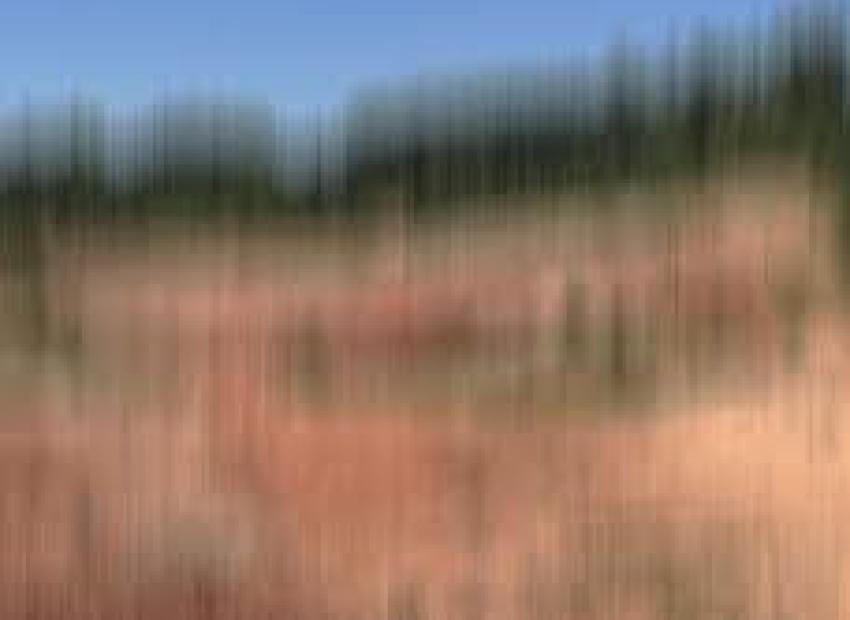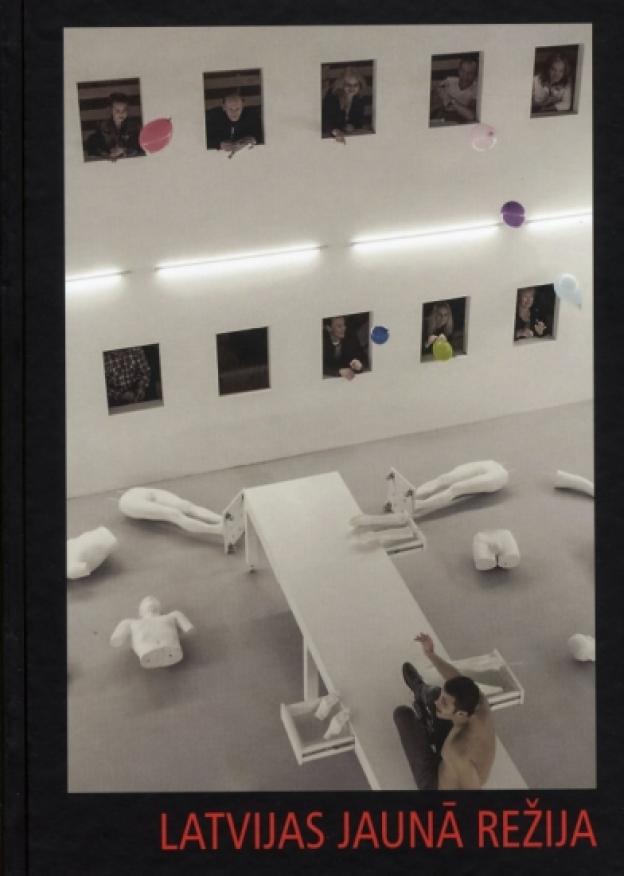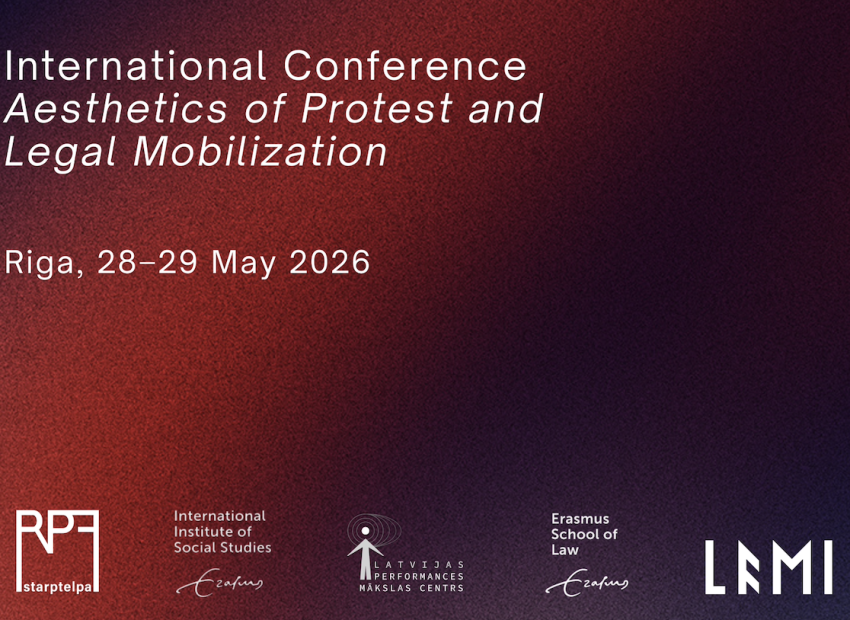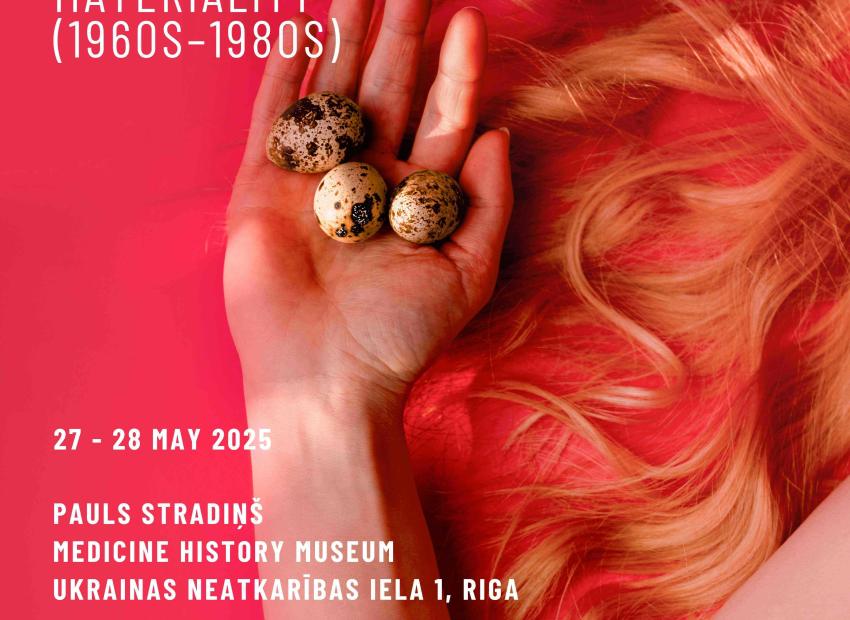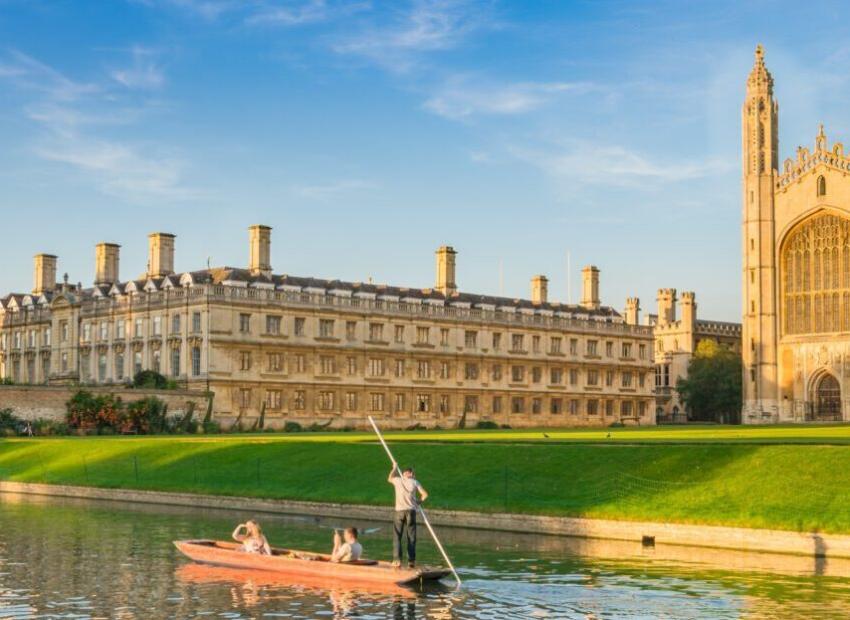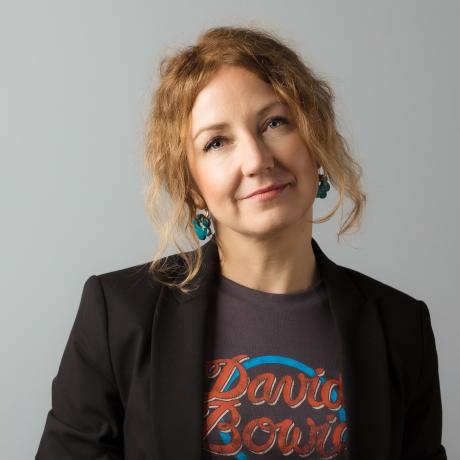
Performative Bridges: Between Art, Power, and Memory
I have always been drawn to the question of the relationship between art and society—how artists, despite political and social constraints, are able to create alternative spaces and new meanings. This is why my research focuses on performance art, its history and documentation, and more broadly, the political and cultural aspects of visual art in Latvia and the Baltic region. I am particularly interested in how art is produced on the periphery and how it interacts with structures of power, ideology, and the conditions of its time.
My work pays special attention to interdisciplinary phenomena—such as documentation and media hybridization—that have the potential to reframe or deconstruct the meaning of an artwork, as well as to collaborative authorship, which emphasizes the collective nature of artistic practice. I am also interested in the contributions of women, queer artists, and other underrepresented figures in the history of visual art, revealing these narratives as an integral part of cultural memory.
Alongside my academic work, I am actively engaged in artistic practice: I lead the Latvian Centre for Performance Art and serve as director and curator of the Riga performance art festival Starptelpa. In this work, the interaction between research and the artistic environment is especially important to me—a space where theory and practice form a dynamic dialogue.
In sum, I am interested in how art becomes a bridge between people, their environment, and their time—how it simultaneously reveals historical traumas, creative potential, and the polyphony of society.
Areas of Expertise
History of Performance Art in Latvia and the Baltic States
Hybridization of Media and Intermediality
Contemporary Art
Curatorial Practices
Baltic Studies
Soviet Era / Cold War Studies
Projects
Publications
Books

